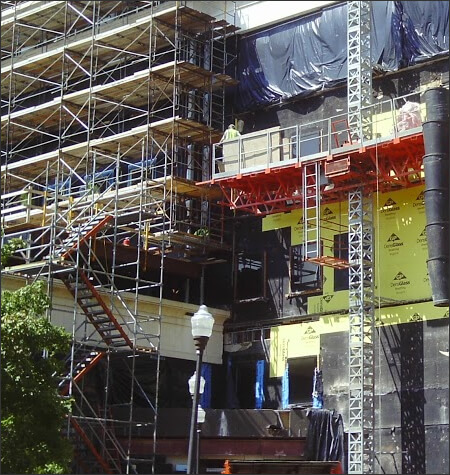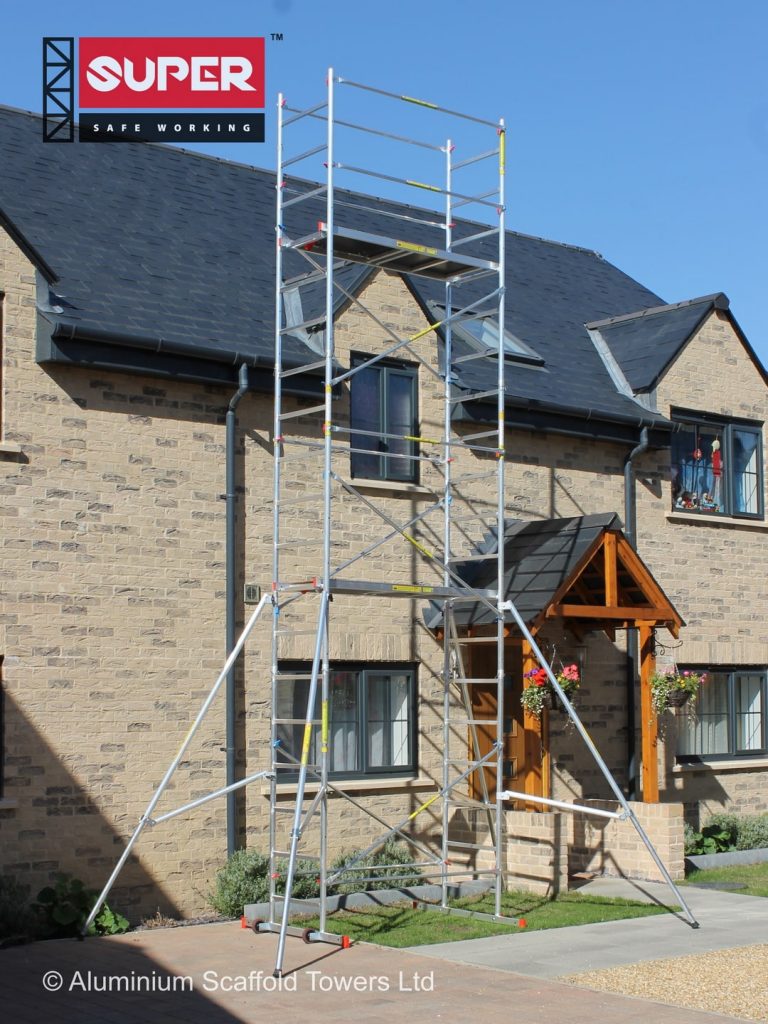Structure High with Confidence: Expert Scaffolding Team
Scaffolding on Historic Structures: Challenges and Solutions ============================================================
Maintaining historical structures with scaffolding entails dealing with product destruction and seismic problems. Cooperation in between preservation experts and engineers is crucial. Access limitations due to slim flows need alternative services while keeping the building's original exterior. Lasting products and progressed innovation offer cutting-edge options, ensuring effective preservation. Using standard remediation methods and routine evaluation is crucial for stability and safety. https://chessingtonscaffolding.co.uk The mindful equilibrium of these challenges and remedies is crucial in guarding the historic significance of these building prizes.
Structural Challenges
The structural difficulties associated with scaffolding on historic structures often need a nuanced approach to assure the conservation of the building honesty. When addressing product destruction, it is vital to understand the impact of time on the architectural components of historical erections. Years of exposure to ecological conditions can cause the damage of products such as timber, rock, or metal, demanding mindful examination and potentially replacement throughout remediation tasks.

Furthermore, seismic enhancing positions one more significant problem when putting up scaffolding on historic buildings. Making certain that the structure can hold up against possible seismic activity without endangering its historical functions calls for specialized engineering know-how and precise preparation. By incorporating seismic enhancing methods right into the scaffolding design, such as base isolators or reinforced frameworks, the historic building can be protected versus possible quake damage while still permitting essential repair work to take place.
Balancing the requirement for structural support with the preservation of historical authenticity is a fragile yet vital aspect of scaffolding on historical structures.
Preservation Factors to consider
Preserving the historical importance of a building during scaffolding jobs entails careful focus to preservation concepts and specialized methods. When servicing historic buildings, keeping architectural stability is vital. Scaffolding should be carefully created and set up to ensure it sustains the structure without endangering its historic functions. Conservation experts often collaborate carefully with scaffolding engineers to create services that protect the structure's unique design elements.

An additional crucial facet of preservation considerations is the visual impact of scaffolding on historical structures. The aesthetic appearance of scaffolding can considerably alter the perception of a building, especially if it is a well-known spots. Consequently, measures such as making use of products that assimilate with the structure's facade or including ornamental elements into the scaffolding design might be essential to minimize the visual influence.
Accessibility Limitations
During scaffolding tasks on historical structures, maneuvering gain access to constraints poses substantial challenges that need careful planning and cutting-edge solutions. Wheelchair problems can arise due to narrow flows or limited pathways around the structure. These limitations may be aggravated by the need to preserve the heritage elements of the structure, which can limit the installment of typical scaffolding systems.
Heritage constraints commonly dictate that the initial fa ade or architectural components can not be modified or damaged during the scaffolding process. This indicates that standard scaffolding methods may not apply, calling for professionals to develop alternative access methods that are both vital and considerate of the structure's historical importance.
Moreover, wheelchair concerns can impact the performance of the building and construction work, potentially extending job timelines and enhancing prices. It is necessary for job supervisors to perform detailed site analyses and team up very closely with heritage preservation authorities to create customized options that attend to access limitations while guarding the stability of the historical structure.
Ingenious Solutions
Taking care of access restrictions on historical structures throughout scaffolding projects calls for the expedition of cutting-edge services to guarantee effective and considerate preservation of the structure's heritage relevance. One such option entails using lasting products in the building of scaffolding. By selecting environment-friendly materials such as bamboo or reused steel, the ecological influence can be reduced while still giving the required assistance for restoration job.
Furthermore, the assimilation of sophisticated innovation can additionally offer innovative services for scaffolding on historical structures. As an example, using drones outfitted with high-resolution cameras can help study hard-to-reach locations of the building, offering important information for the scaffolding style process. Additionally, 3D printing technology can be used to develop custom scaffolding components that exactly fit the distinct shapes of historical frameworks, guaranteeing a secure and tailored fit.
Best Practices
Applying industry-established guidelines is essential for making sure the successful and delicate implementation of scaffolding projects on historical buildings. When it pertains to best practices for scaffolding on historic buildings, it is essential to consider not only the architectural facets however also the historical and visual importance of the building. Below are some bottom lines to keep in mind:
Use of Conventional Remediation Techniques: Employing traditional remediation techniques can aid maintain the authenticity and historical honesty of the structure.
Routine Surveillance and Examination: Regular monitoring and evaluation of the scaffolding framework is critical to ensure its security and safety and security, in addition to to stop any type of damages to the historic structure.
Attending To Aesthetic Worries: Paying attention to aesthetic issues such as the aesthetic impact of the scaffolding on the building's exterior is crucial. Using products and shades that assimilate with the structure's style can assist reduce visual disturbances during the repair procedure.
Regularly Asked Concerns

What Are the Regulative Requirements for Scaffolding on Historic Structures?
Conservation criteria and safety measures are crucial when erecting scaffolding on historical structures. Governing needs concentrate on keeping historic importance while making certain architectural honesty and employee safety. Conformity with these standards is vital for effective remediation jobs.
Exactly How Do Climate Condition Effect using Scaffolding on Historical Structures?
Weather play an essential function in the conservation difficulties of historical structures. From severe temperatures to high winds and precipitation, these aspects can impact the stability and performance of scaffolding utilized for maintenance and repair work.
Exist Details Insurance Factors To Consider for Utilizing Scaffolding on Historical Buildings?
Insurance policy protection for scaffolding on historic structures needs specialized policies due to the distinct threats related to heritage conservation. https://chessingtonscaffolding.co.uk/index.html Variables such as the building's age, historical importance, and possibility for damage during remediation work need to be meticulously taken into consideration in these plans.
What Are the Potential Threats and Obligations Associated With Scaffolding on Historical Structures?
Scaffolding risks on historic structures posture considerable liability worries, impacting heritage preservation and architectural stability. Issues such as damage to delicate facades, potential architectural weakening, and historic relevance jeopardization must be carefully taken care of to assure preservation efforts achieve success.
How Do Social and Neighborhood Considerations Play a Role in using Scaffolding on Historical Frameworks?
Social conservation is critical in maintaining the credibility of historical structures. Neighborhood engagement assures that neighborhood values and viewpoints are taken into consideration when using scaffolding on these structures, fostering a joint strategy that respects heritage while attending to functional needs.
Conclusion
To sum up, scaffolding on historical buildings provides architectural obstacles, preservation factors to consider, and accessibility constraints.
However, cutting-edge remedies and finest practices can help minimize these obstacles and guarantee the successful conservation of these important structures.
It is important to meticulously prepare and carry out scaffolding tasks on historical buildings to safeguard their honesty and historical importance for future generations.